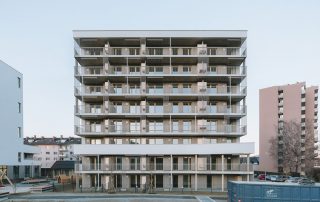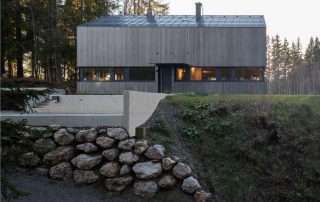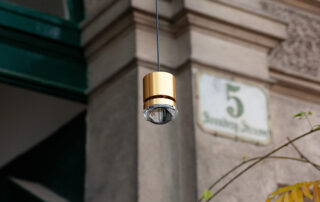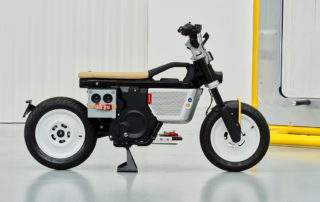Ernas Haus offers comfortable co-living for students looking to live in a small space that is close by to the University of Applied Sciences, whilst getting to know the area and its people. Students can experience the Winder family’s lifestyle firsthand and also enjoy the high-quality produce from the Winderhof farm.
Location and surrounding area: Winderhof is located in the district of Oberdorf, which is arguably the oldest part of Dornbirn. Historically, settlers were attracted to the area by its flood prote ction and comparatively good foundation soil. The surrounding area is dominated by rural buildings and villas once belonging to textile industrialists, while many plots have been more intensely developed through the addition of small residential blocks in recent years.
The ensemble as it is today: The original farmhouse, built in 1890, has been carefully renovated and a farm shop was added at street level. A storehouse with a cellar (known as Beerenstadel) was built on a triangular-shaped land reserve in 2015. It’s an important hub for marketing the farm’s produce and an affirmation of our commitment to Oberdorf as a business location. For the third construction phase, Ernas Haus, the family acquired an old farmhouse on the opposite side of the road, demolished it except for the enormous living quarters, and built a timber extension to create a total of 18 living units.
Location concept: All three buildings have steep roofs with angled gables. The new gable silhouettes respond gracefully but abstractly to the existing building, refusing any fashionable or ideological associations. Located directly on the street, they form an ensemble together with the centuries-old farmhouse. When designing the outer shells, we wished to continue the familiar architectural tradition seen in a district that is undergoing a process of transformation. The continuity of the family ownership and agricultural use in particular have reinforced this stance. Nevertheless, the transformation of familiar elements to accommodate contemporary tastes should be clearly recognisable on closer inspection.
The facades are made of domestic silver fir. The carpentry firm paid special attention to quality and the wood grade. The canopy roof follows the contours of the existing building but extends across the entire length of the building. Although this feature isn’t typical for the old houses in
the area, it provides a very convenient covering for the entrance. The south-facing loggias are protected from the sun’s rays by a slatted creen. The windows overlooking the west are original, and are darkened by sliding shutters. We are aided here by a traditional feature of the Dornbirn house: a roof attached to and protruding from the gabled side of the building.
What makes this project one-of-a-kind?
Ludescher + Lutz Architekten have created an attractive ensemble that uses existing building fabric and expands the house in a resource-saving way. There is solid living quality on a very small footprint. The 18 apartments are built sustainably and are an expression of Vorarlberg’s building culture. They are just big enough to have everything you need for living and learning. Cozy, but nothing superfluous. Plus a bicycle cellar, a house garden with barbecue area and a openness to the farm “Winderhof”.
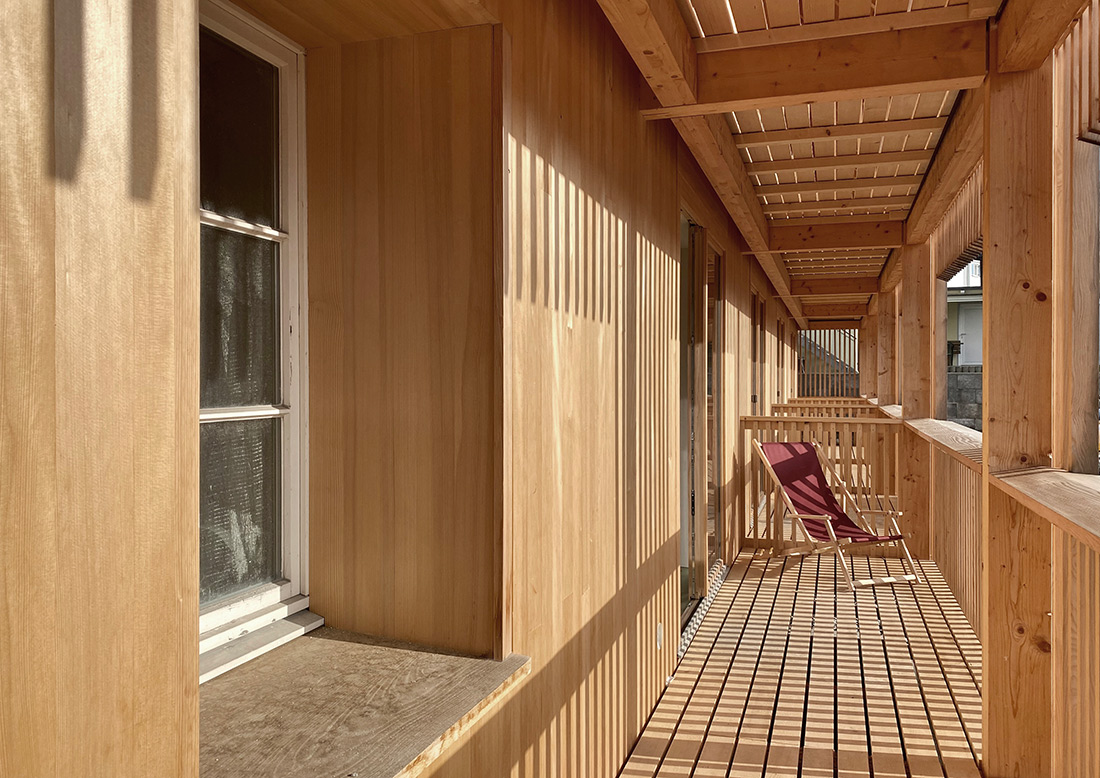
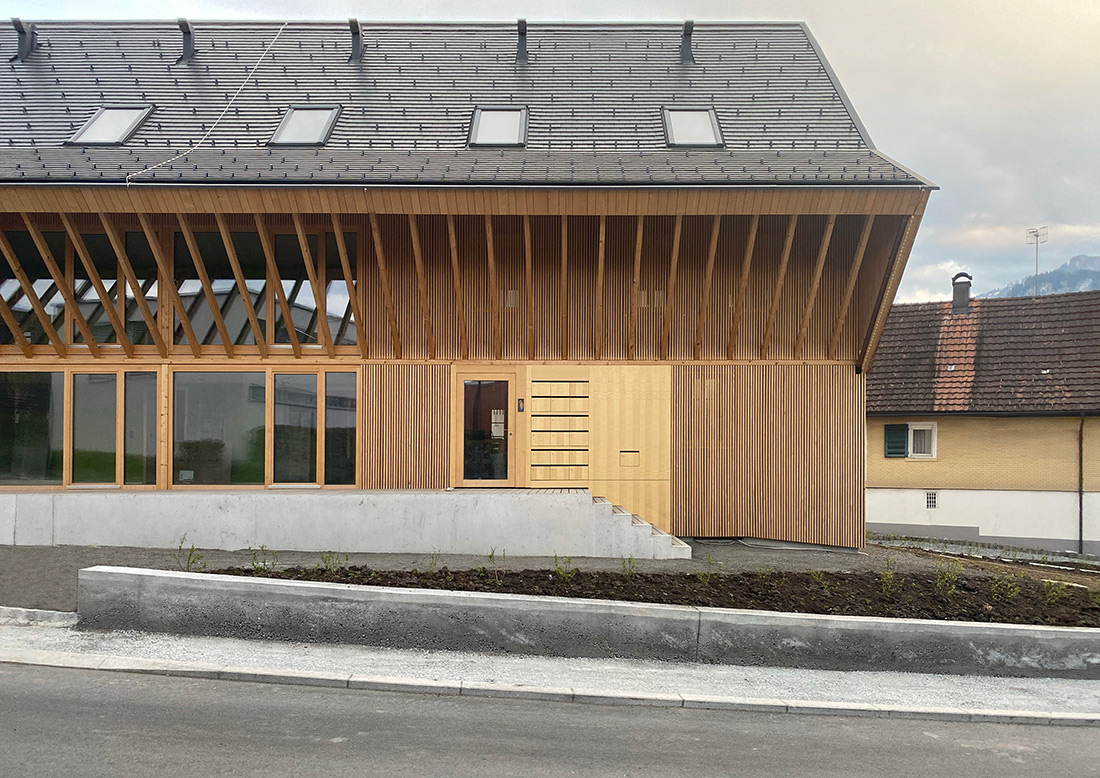
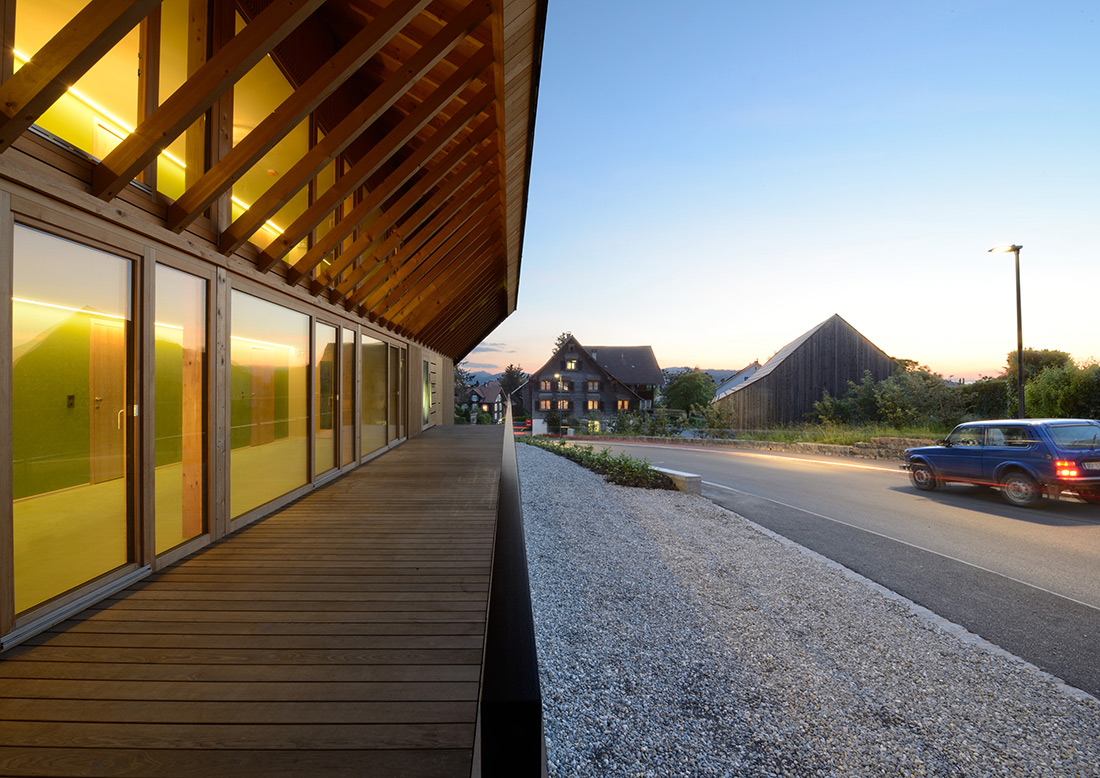
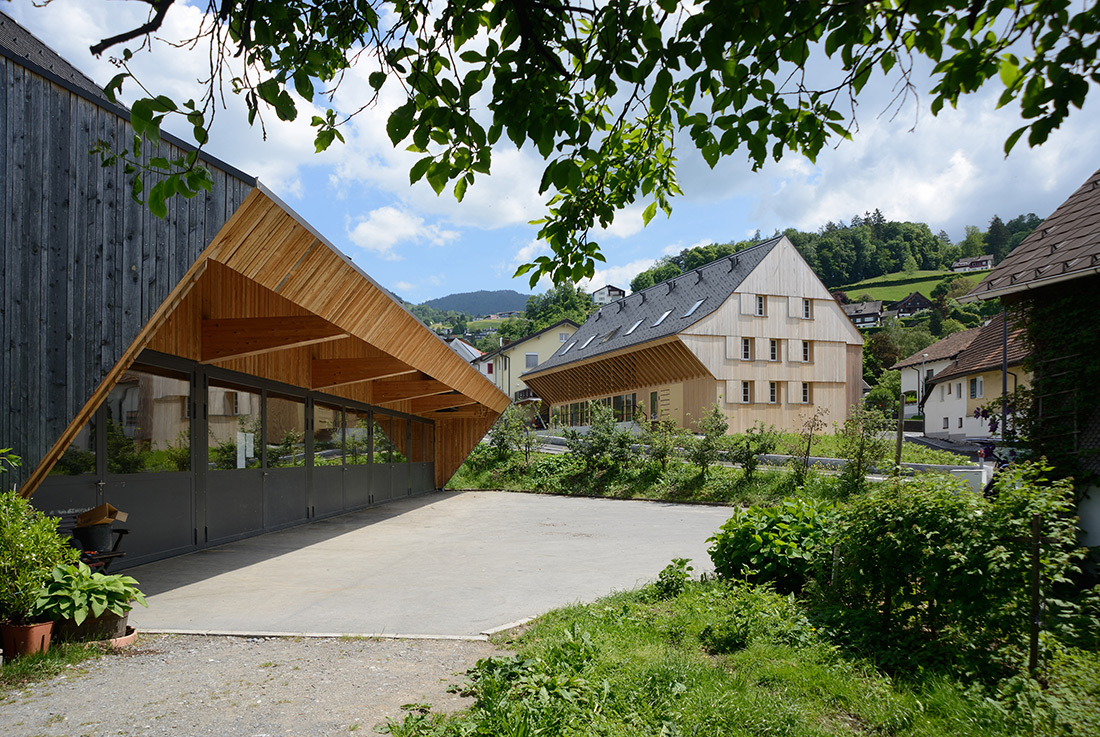
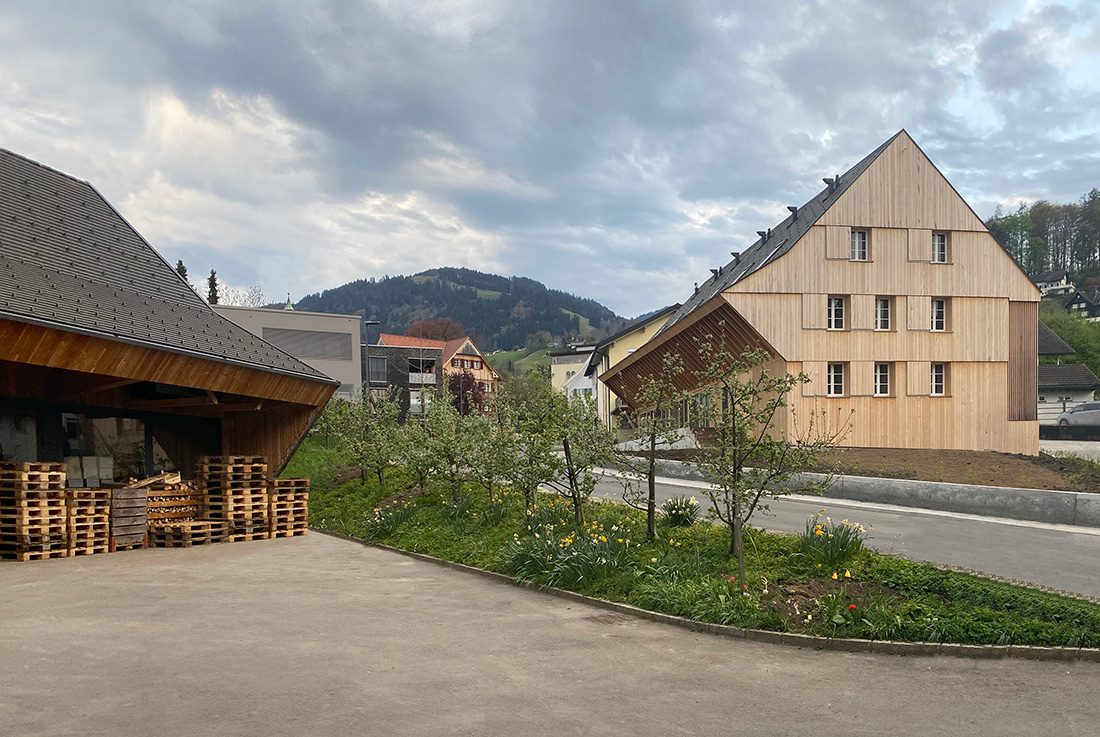
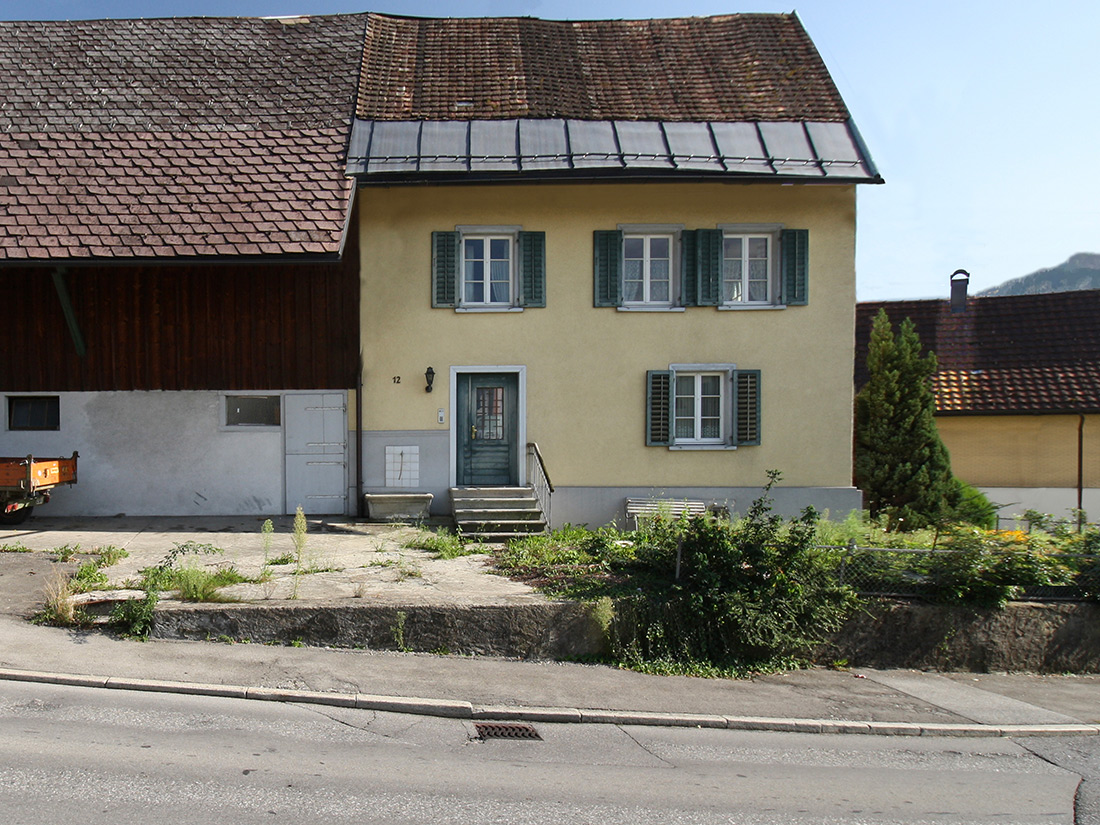
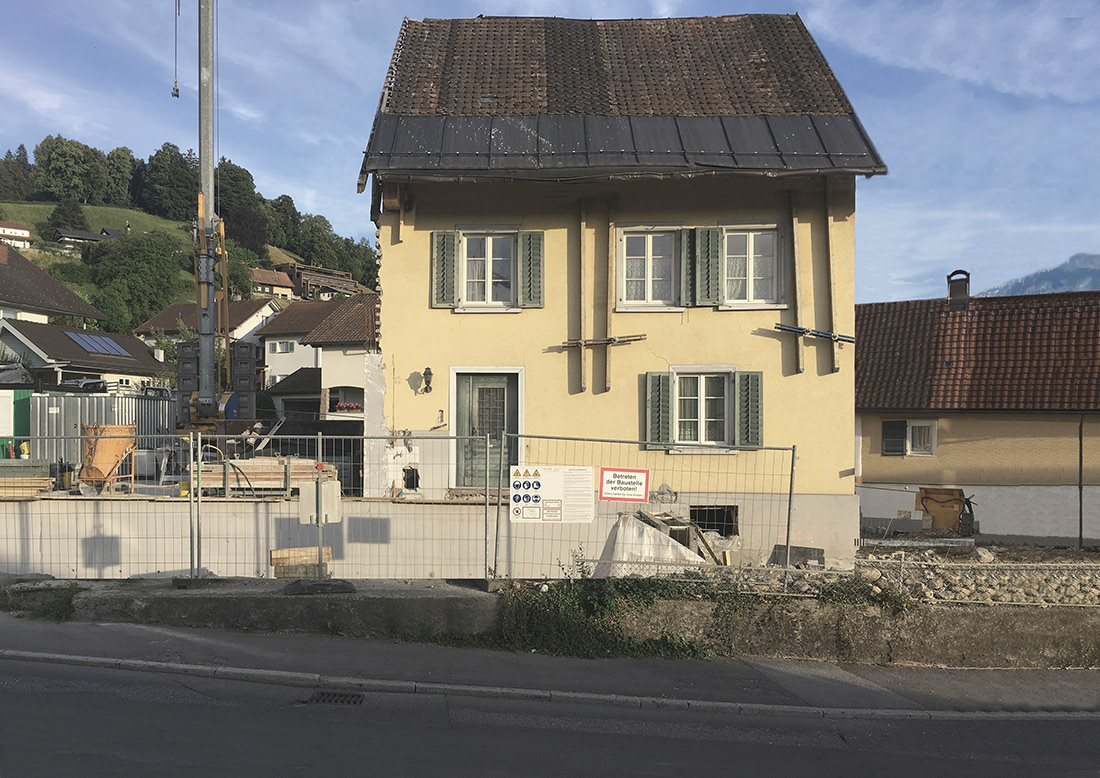
https://bigsee.eu/wp-content/uploads/2022/04/p-21-1.jpg[/fusion_imageframe]
Credits
Architecture
Ludescher + Lutz Architekten; Elmar Ludescher, Philip Lutz
Client
Martin + Peter Winder
Year of completion
2020
Location
Dornbirn, Austria
Total area
734 m2
Site area
260 m2 living space + 146 m2 basement



